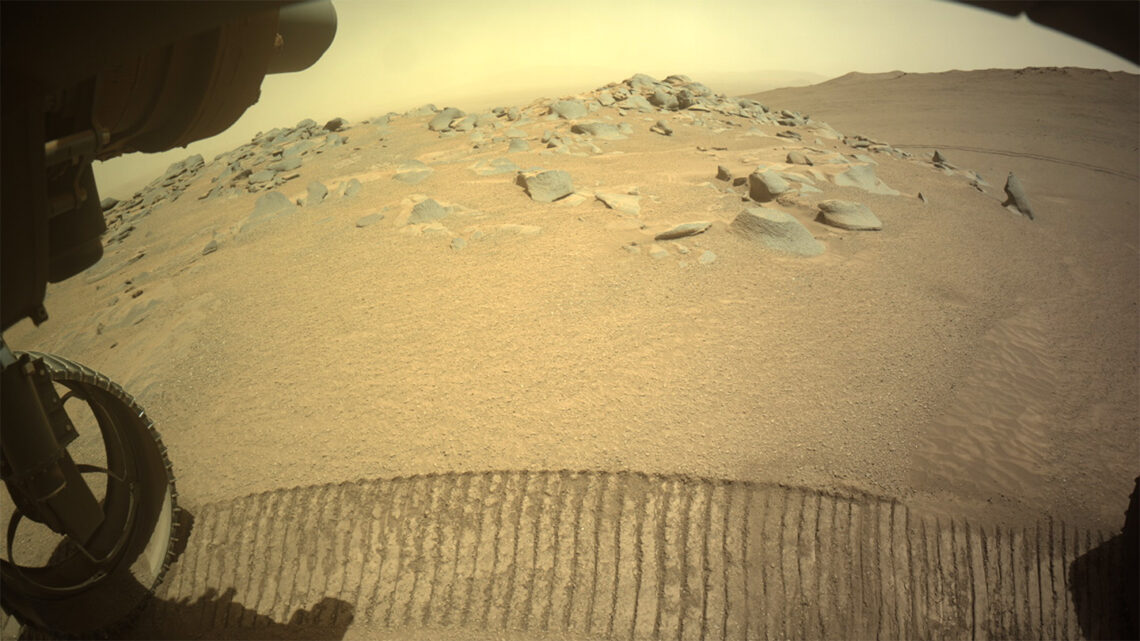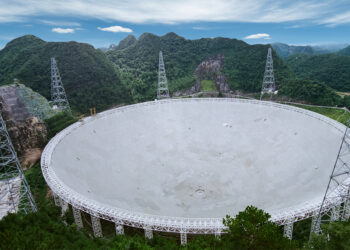WASHINGTON D.C. — The Perseverance Rover on Mars may have stumbled upon the oldest rocks humans have ever seen and, possibly, evidence of a new setting that ancient Martian organisms could have inhabited, if they ever existed.
“This is really one of the most exciting things that this mission is going to do, is to be looking at rocks that were formed so early in the history of the solar system,” said Caltech geochemist Kenneth Farley during a December 12 news briefing at a meeting of the American Geophysical Union. “Almost the dawn of the solar system.”
Possibly the oldest rocks we’ve seen
For most of its mission, Perseverance has been poking around within Jezero Crater, probing and sampling rocks that are probably about 3.7 billion years old (SN: 2/17/23). The rocks at the rim, however, are probably much older, having been uplifted by the impact that created the crater.
On December 11 — following a slippery, three-month-long, 500-meter climb from the crater floor — the robotic explorer finally surmounted that crater’s rim, after weeks of studying the high area’s geology. And all that exploration appears to have paid off.
“The rocks that we are now exploring are likely older than 4 billion years,” said Farley, who is also project scientist for the Mars 2020 Mission that brought the rover to the planet. “These are amongst the oldest rocks in the solar system, and they’re older than any rocks that exist on Earth.” Part of the reason for that is that much of Earth’s ancient surface has been destroyed at subduction zones, where one tectonic plate plunges beneath another to descend into the mantle (SN: 1/13/21).
At the top of the crater, Perseverance traveled through an area known as the Pico Turquino Hills, where it captured images of numerous outcrops. “What we found in…
Read the full article here





